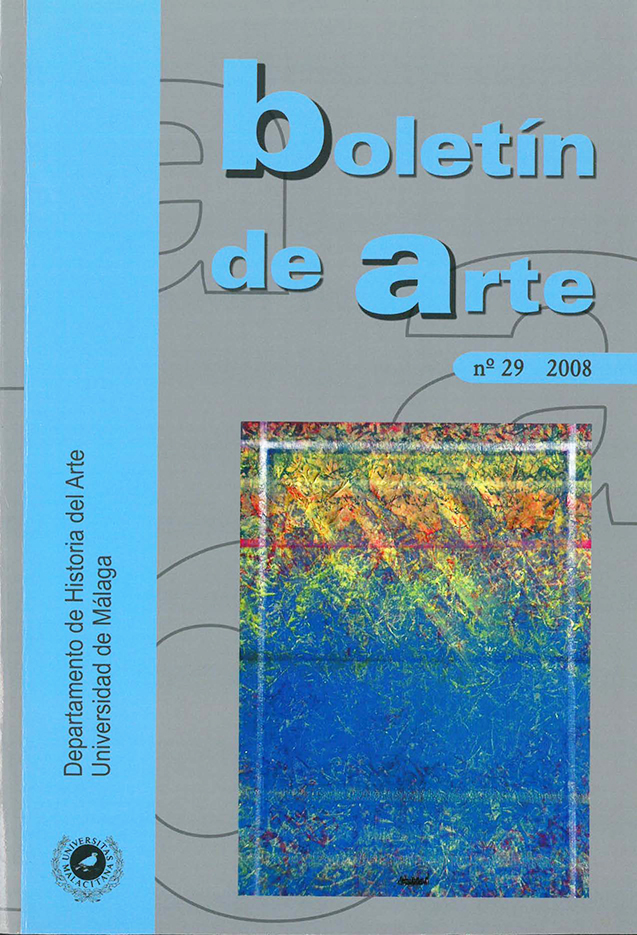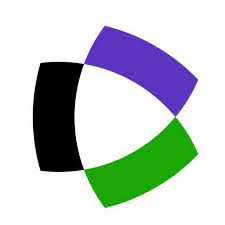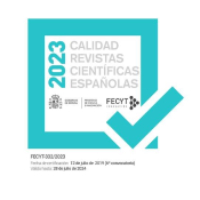Filarete's “Sforzinda”. Ideal City and World Recreation
DOI:
https://doi.org/10.24310/BoLArte.2008.v0i29.4421Abstract
The "Libro architettonico", which Filarete wrote ca. 1460, has previously always been treated in the history of art as if it were merely a tractate on architecture. But in addition to the thread in the text that pursues the rationality and functionality of architecture, there is a second thread that is symbolic and magical in nature, full of micro–macrocosmic, astrological, and alchemical references. In these passages, the Renaissance architect characterizes himself as "alter deus", who sees his work as a new creation or restoration of the originally good Creation, which has in the meantime become corrupted.
Downloads
Metrics
Publication Facts
Reviewer profiles N/A
Author statements
Indexed in
-
—
- Academic society
- N/A
- Publisher
- Universidad de Málaga.
Downloads
Published
How to Cite
Issue
Section
License
Todos los contenidos publicados en la revista Boletín de Arte están sujetos a la licencia Creative Commons Reconocimento-NoComercia-Compartirigual 4.0 cuyo texto completo puede consultar en <http://creativecommons.org/licenses/by-nc-sa/4.0>

Los/as autores/as cuyas contribuciones sean aceptadas para su publicación en esta revista conservarán el derecho no exclusivo de utilizar sus contribuciones con fines académicos, de investigación y educativos, incluyendo el auto-archivo o depósito en repositorios de acceso abierto de cualquier tipo.
La edición electrónica de esta revista esta editada por la Editorial de la Universidad de Málaga (UmaEditorial), siendo necesario citar la procedencia en cualquier reproducción parcial o total.












4.png)
